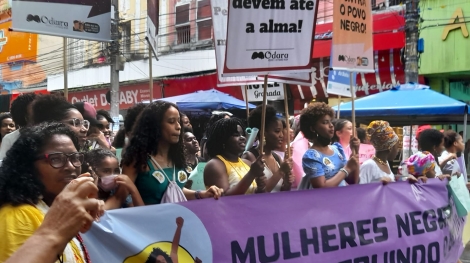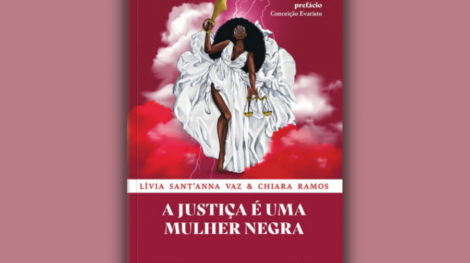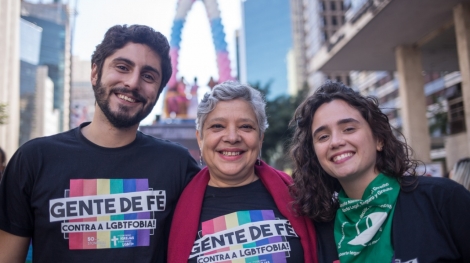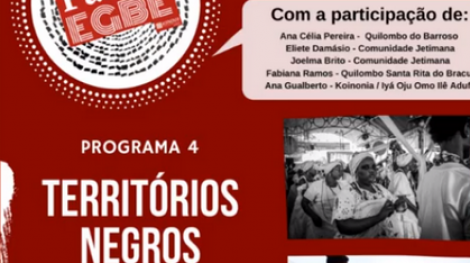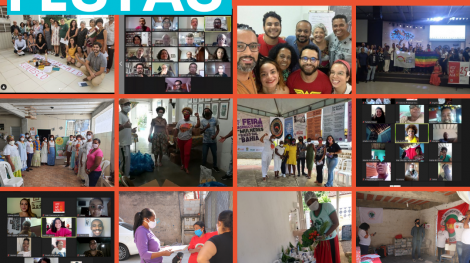Julho foi o mês das pretas. Em todo o país, iniciativas e mobilizações marcaram ...
“Perdi um olho por intolerância religiosa”: crime atinge mais as mulheres
Por Luiza Souto Ela estava no portão de sua casa, em Macaé, no norte flumin ...
Dica de leitura: ‘A Justiça é uma mulher negra’
Confrontar a branquitude e a forma de produzir conhecimento ocidental do univer ...
Vivas, Natália Blanco!
KOINONIA se identifica com o momento de crescimento e as escolhas profissionai ...
Programa Fala Egbé 4: Territórios negros na voz das mulheres
https://www.youtube.com/watch?v=x41rfh1NPt0 O Fala Egbé é um programa dese ...
Retrospectiva 2020: ano que nos desafiou, mas não nos impediu!
2020 entrou para a história como o ano em que o mundo parou por causa da pan ...
Retrospectiva 2020: ano que nos desafiou, mas não nos impediu!
2020 entrou para a história como o ano em que o mundo parou por causa da pan ...
Retrospectiva 2020: ano que nos desafiou, mas não nos impediu!
2020 entrou para a história como o ano em que o mundo parou por causa da pan ...
Retrospectiva 2020: ano que nos desafiou, mas não nos impediu!
2020 entrou para a história como o ano em que o mundo parou por causa da pan ...
Retrospectiva 2020: ano que nos desafiou, mas não nos impediu!
2020 entrou para a história como o ano em que o mundo parou por causa da pan ...
Retrospectiva 2020: ano que nos desafiou, mas não nos impediu!
2020 entrou para a história como o ano em que o mundo parou por causa da pan ...
KOINONIA e EIG realizam formatura e lançamento da cartilha da Formação em Escuta Ativa e Empática
https://www.youtube.com/watch?v=9pdxwHjjOZo Marcando o encerramento dos 21 di ...

